Mastering the High-Level Customer Success Process: Transactional vs. Enterprise
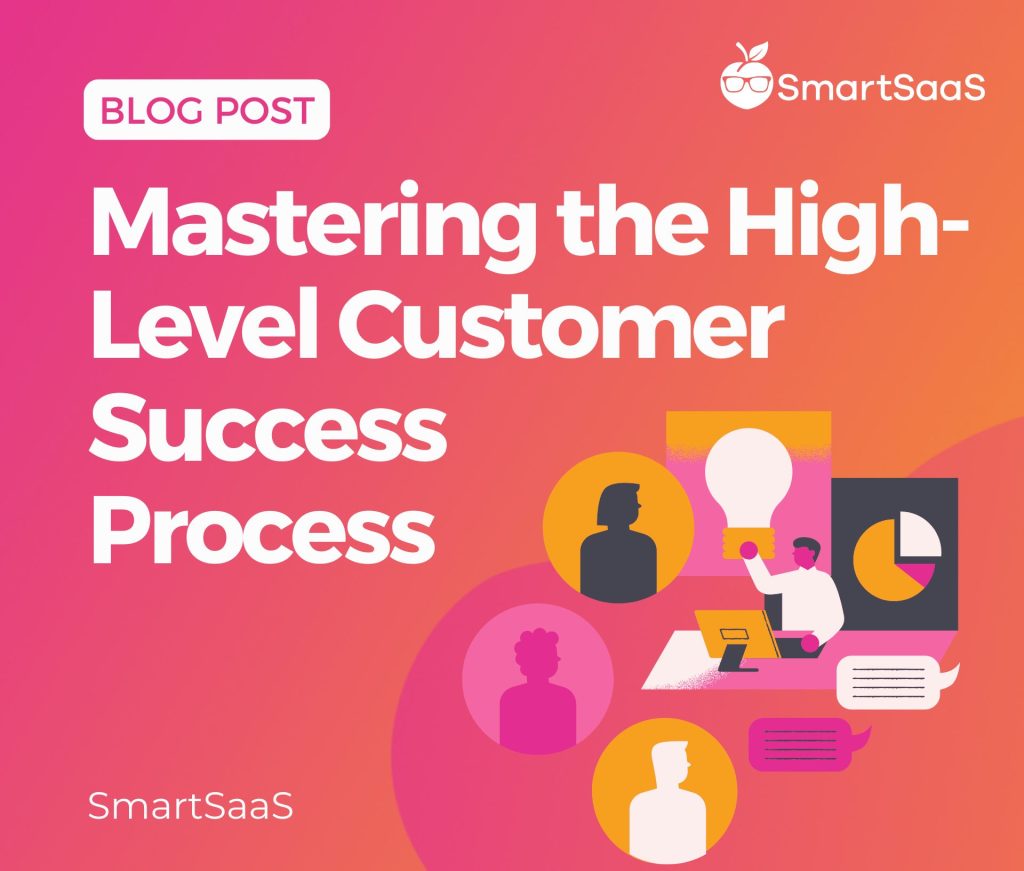
Keeping customers happy and loyal isn’t easy. Without a straightforward process, it’s easy to lose track of what customers need, miss chances to help them grow, and struggle to get them to renew.
That’s where a High-Level Customer Success (CS) Process comes in. For some businesses, a fast, automated, and efficient approach works best. For others, a high-touch, relationship-driven strategy is the way to go.
Let’s break down two main types of CS processes—Transactional and Enterprise. You’ll learn how each one works, when to use them, and tips for improving them.
What is the High-Level CS Process?
A Customer Success (CS) Process is a business’s plan to help customers succeed with their product or service. It’s about ensuring customers feel supported, find value, and stay happy—so they stick around.
A high-level CS process focuses on the significant steps that guide customers from the start of their journey to renewal. It’s like a roadmap that helps businesses:
- Onboard customers smoothly.
- Support them as they use the product.
- Solve problems early when things go wrong.
- Build relationships that encourage long-term loyalty.
- Renew customers at the right time.
You want to ensure customers feel good about their experience and want to keep coming back. Whether done through fast, efficient systems or more personal, high-touch strategies, having a straightforward CS process makes all the difference.
Transactional vs. Enterprise CS Process: What’s the Difference?
Not all customers need the same level of support. Businesses use two main types of Customer Success (CS) processes: Transactional and Enterprise.
Here’s how they’re different:
1. Transactional CS – Fast and Efficient
This approach is all about speed, simplicity, and automation. It’s best for businesses with many customers who need quick, straightforward support.
- Automated Check-ins: Customers get helpful emails and updates instead of constant one-on-one calls.
- Data-Driven: Customer success is tracked using tools like CRM systems.
- Quick Problem Solving: If something goes wrong, account managers step in to fix it fast.
- Renewals Made Simple: Automated reminders and touchpoints help guide renewals without needing too much back-and-forth.
It’s efficient, scalable, and designed to keep things moving smoothly.
2. Enterprise CS – Personal and High-Touch
This process is relationship-focused and works best for customers with more complex needs.
- Personal Check-ins: Dedicated Customer Success Managers (CSMs) regularly check in, offer advice, and answer questions.
- Quarterly Reviews (QBRs): These are deeper conversations to review progress, discuss challenges, and plan for the future.
- Proactive Support: CSMs monitor behavior closely and reach out if they see signs of trouble.
- Early Renewal Talks: Renewal discussions start early to ensure time to address concerns and explore new opportunities.
It’s about building strong relationships, understanding customer goals, and providing hands-on support every step of the way.
Which One Is Right for You?
Transactional CS is the way to go if you need to support many customers quickly. Enterprise CS is the better fit if you have fewer, high-value customers who need more personalized care.
Both are designed to keep customers happy and loyal—it’s just about choosing the process that matches your business needs.
How to Implement a Transactional Customer Success Process
The transactional CS process makes things simple, fast, and efficient. It’s great for businesses that need to support many customers without spending too much time on every single one.
But even though it’s efficient, it still needs to feel helpful and supportive. Here’s how to make it work.
1. Streamlined Onboarding
First impressions matter. Onboarding is the first big step in the customer journey, and it’s your chance to show customers how easy it is to use your product or service. Customers are more likely to stick around when they understand the value quickly.
Studies show that 63% of customers say onboarding determines whether they keep using a product.
The best way to handle onboarding is by keeping it simple and automated. Send welcome emails right away that guide customers through the basics. Include short, easy-to-follow tutorials or videos that help them get started.
You can also create a resource page or FAQ section so they can find answers independently when they need help. The goal is to make them feel confident and comfortable without needing to reach out for every little question.
2. Transition to Support Team or Account Manager
Once onboarding is done, customers need to know exactly where to go if they need help. This step is all about making that transition smooth. If they feel lost or ignored, it can lead to frustration.
So, it’s essential to be clear about how they can contact support. Whether through email, chat, or a customer support portal, make it easy for them to reach out.
You can also set up automated check-ins to ensure they’re doing okay. For example, email a week after onboarding to ask if they have any questions. This shows you’re paying attention, even if the process is mainly automated. It keeps customers feeling connected and cared for without taking up too much of your team’s time.
3. Active Metrics Tracking
Keeping an eye on customer behavior is a big part of the transactional process. You need to know if they’re using your product regularly, if they’re struggling, or if they might be ready for an upgrade.
A Customer Relationship Management (CRM) system can help you track login frequency, feature usage, and customer feedback.
If you notice a drop in activity or see that a customer hasn’t used a key feature, that’s a signal to check in. Maybe they need help understanding a feature or encountering problems they haven’t mentioned yet.
Setting up automated alerts for these situations can help you step in at the right time. This kind of tracking makes it easier to catch issues early and offer solutions before the customer feels frustrated.
4. Proactive Issue Resolution
Problems can happen, but the key is to catch and fix them quickly. If a customer isn’t using the product as expected or seems to be facing issues, don’t wait for them to reach out. Be proactive.
For example, if your system shows that they haven’t logged in for a while, message them to check if they need help. Sometimes, all it takes is a friendly reminder or a quick guide to get them back on track.
Automated systems can make this easier by flagging unusual behavior. But don’t rely only on automation—when it makes sense, have an account manager reach out personally.
A little human touch can make a big difference when resolving issues. Customers appreciate feeling like someone is paying attention and wants to help.
5. Ongoing Nurturing
Keeping customers happy isn’t just about fixing problems when they happen. It’s also about staying connected and ensuring they continue seeing value in your product. That’s where ongoing nurturing comes in.
Even in a transactional CS process, customers need to feel like they’re part of something, not just forgotten after onboarding.
One of the easiest ways to do this is through automated check-ins. These can be simple emails that share helpful tips, updates about new features, or reminders about ways to get the most out of the product.
Regular touchpoints keep your product top-of-mind and show that you care about their success. It’s also essential to keep customers informed about updates or new features. If you release something new, let them know how it can improve their experience.
6. Simplified Renewal Process
When it’s time for renewal, the process should be as smooth and straightforward as possible. Don’t wait until the last minute to start the conversation.
Send reminders well in advance, letting customers know when their subscriptions end and what steps to take to renew. The easier it is, the more likely they are to stick around.
It’s also wise to make renewing as hassle-free as possible. Customers who can renew with just a few clicks online are more likely to do it.
And if you can, add a little incentive. Maybe offer a discount for early renewal or an extra feature as a bonus. These small touches can distinguish between keeping a customer and losing them.
How to Implement an Enterprise Customer Success Process
Enterprise customers expect an experience that feels personal, thoughtful, and geared toward their success. The process must be hands-on, with consistent communication, deep understanding of their goals, and proactive problem-solving.
86% of buyers will pay more for a great customer experience and will stick with companies that make them feel supported.
Here’s how to build that kind of experience in eight stages.
1. Transition
The process starts with a smooth handoff. The Account Executive (AE) emails the customer to the Onboarding Manager. This intro sets the tone for the relationship and helps the customer feel like they’re in good hands.
This email should be simple but thoughtful, setting expectations for what’s coming next. It lets the customer know that the Onboarding Manager will be their primary contact moving forward and starts building trust from the beginning.
2. First Onboarding Meeting
This first meeting is all about introductions and setting expectations. The Onboarding Manager will walk the customer through the process, discuss goals, and outline a clear project plan.
It’s also an opportunity to learn more about the customer’s needs. What are they hoping to achieve? What concerns do they have?
Gathering this information early helps the team provide a more personalized and supportive experience. Since 49% of buyers say they’ve made impulse purchases after receiving a customized experience, this is a chance to start making that connection.
3. Second Onboarding Meeting
The second meeting focuses on product training for the core feature set. This is where the customer learns the essentials—what they need to know to start using the product successfully.
It’s essential to take this step slowly and ensure customers feel confident. This isn’t about rushing through a list of features. It’s about understanding how the product fits into their daily work and answering questions.
When customers feel supported from the start, they’re more likely to stick with the product long-term.
4. Follow-Up Email
After the second onboarding meeting, sending a follow-up email is helpful. This message should outline what needs to be done before the next training session, share useful tips, and provide resources for setting up the core features.
This isn’t just a courtesy—it’s a chance to reinforce learning and ensure the customer stays on track. Plus, it gives them confidence that the team is paying attention and ready to help, which builds trust.
5. Third Onboarding Meeting
The third onboarding meeting is a little deeper. Here, the Onboarding Manager works with the customer to diagnose any challenges and helps identify potential upsell opportunities.
If a customer is struggling, this is the moment to address it. If they’re ready for more advanced features, this is the time to offer them.
This meeting also includes training for another feature set, helping the customer expand their product use. It’s about moving from the basics to more advanced tools and ensuring the customer feels ready to take on more.
6. Wrap-Up Meeting
Once training is complete, it’s time for a final wrap-up meeting. This session focuses on addressing final concerns and ensuring the customer feels confident moving forward.
The goal is to leave them feeling ready to operate independently, knowing they still have support when needed.
This is a critical moment for setting the tone for the long-term relationship. If the customer feels unsure, it’s a chance to provide extra resources or guidance. If they feel confident, it confirms that the onboarding was successful.
7. Final Follow-Up Email
After the wrap-up, send a final follow-up email. This message can share best practices, offer final training resources, and guide the customer on how to reach out for help moving forward.
It’s also when the customer officially transitions to the Customer Support or Account Management team.
This final email helps close the onboarding loop while opening the door for ongoing support. It reassures the customer that while onboarding is complete, they’re still supported and can reach out anytime.
8. Ongoing Nurturing
Once onboarding is complete, the relationship doesn’t end—it evolves. This is where the ongoing nurturing process comes in. Regular check-ins, helpful content, and personalized updates help move the relationship forward.
This step is about more than just problem-solving. It’s about keeping the customer engaged, showing them how to get the most value from the product, and helping them feel connected to the business.
Since 81% of organizations already see customer experience as a competitive advantage, nurturing relationships over time is what helps businesses stand out. The better the experience, the stronger the relationship—and the better the chances of renewal.
It’s also where upsell and cross-sell opportunities can come naturally. If a customer is growing or showing interest in advanced features, it’s the perfect time to suggest the next step.
But even when customers aren’t ready to upgrade, regular nurturing keeps the relationship strong and the experience positive.
To Wrap Things Up
A strong Customer Success (CS) process isn’t just about solving problems—it’s about building trust, creating positive experiences, and helping customers succeed from day one.
Whether it’s a transactional process focused on efficiency or an enterprise process centered on relationships, each step keeps customers happy and loyal.
Understanding and applying these processes can drive growth, increase renewals, and build long-term customer relationships that last.

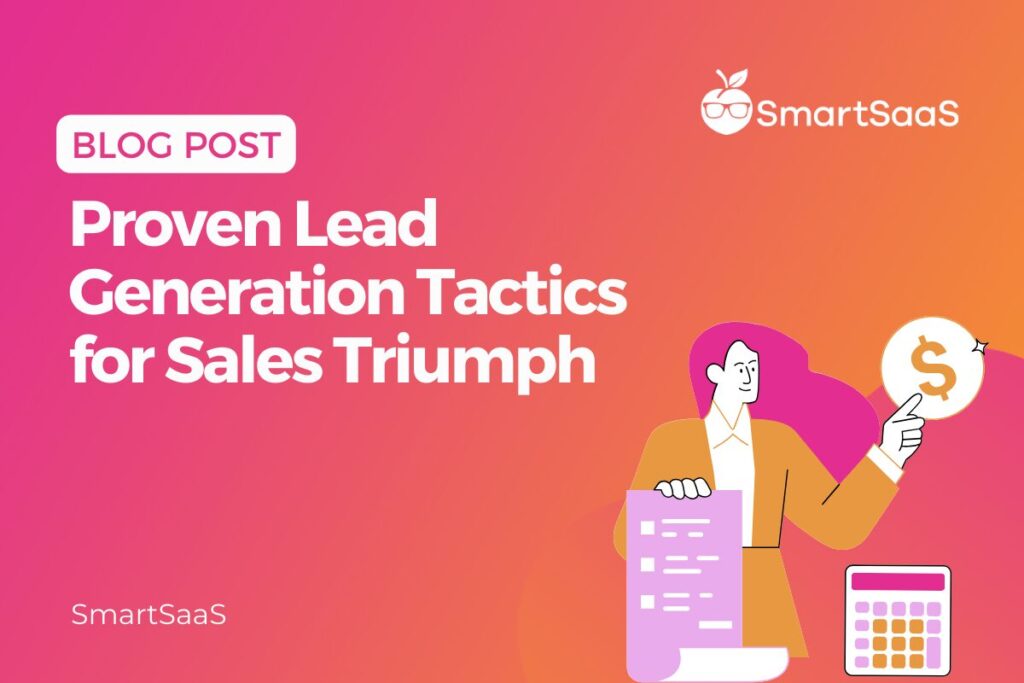
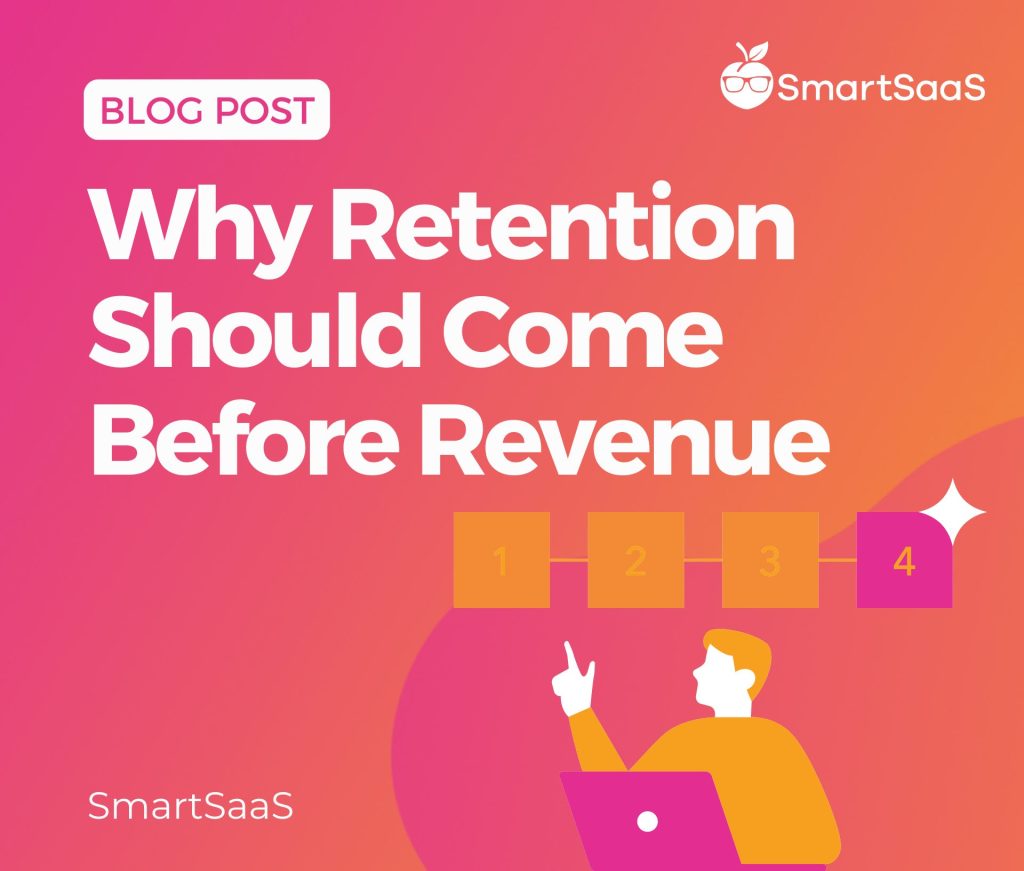
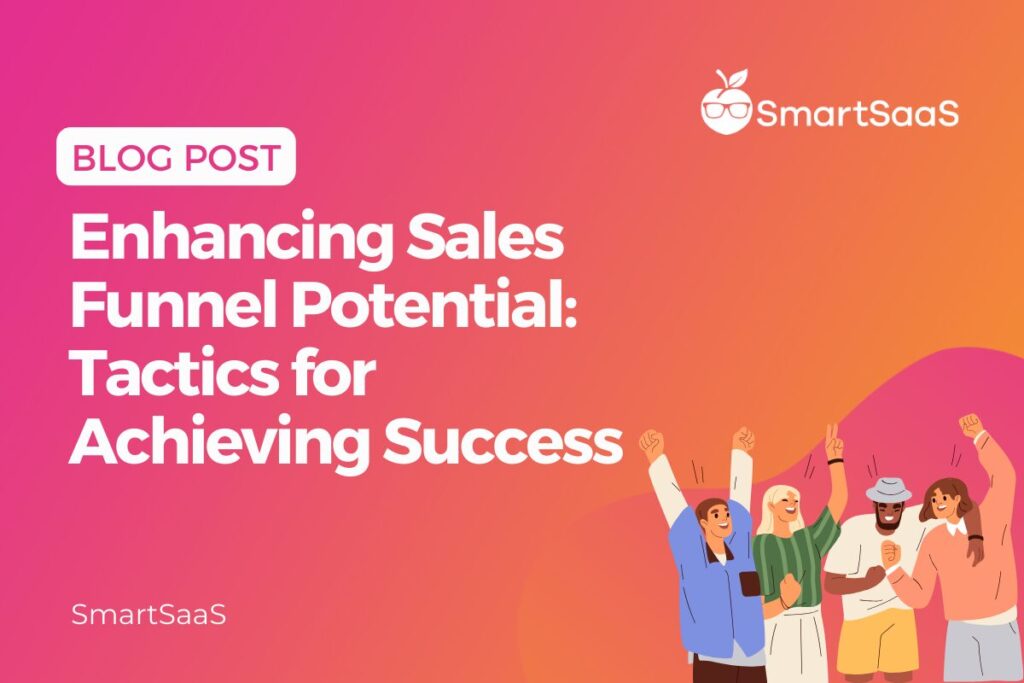
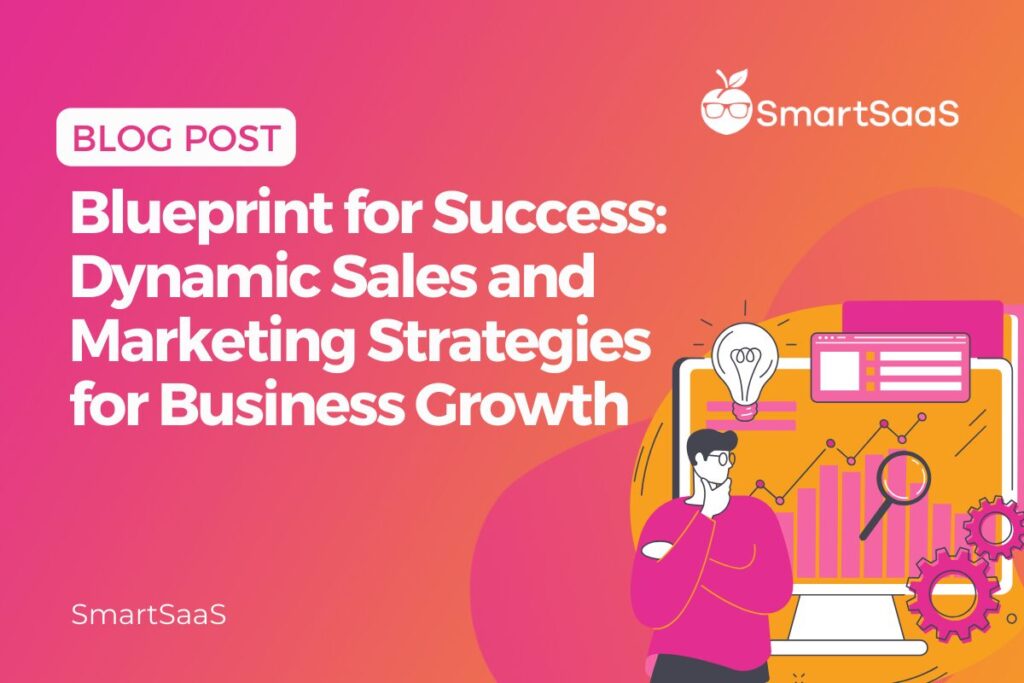
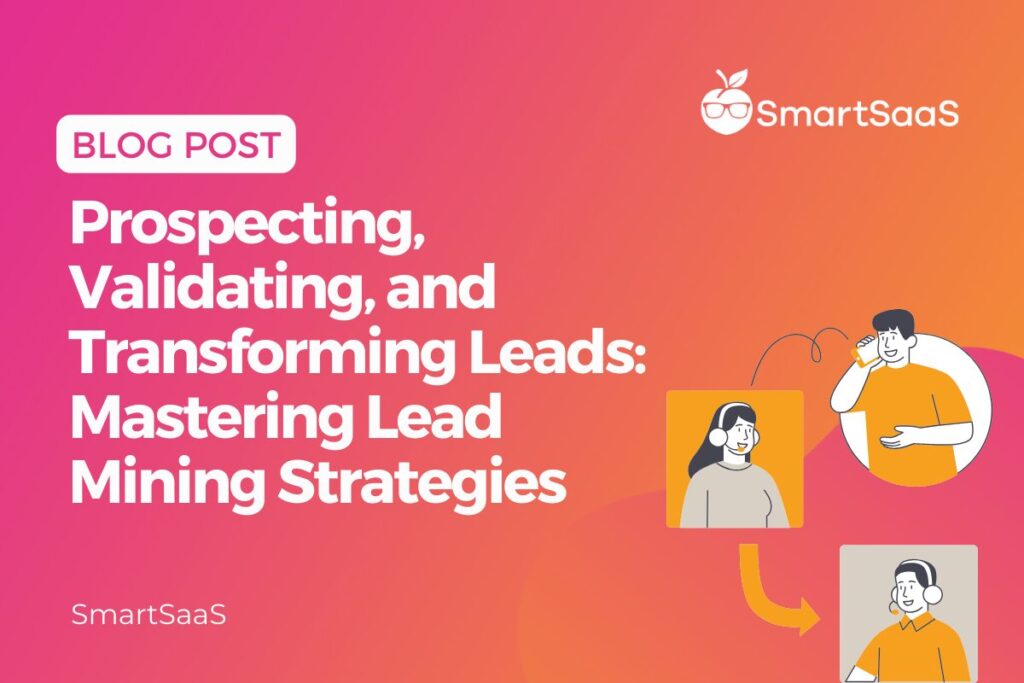
Responses